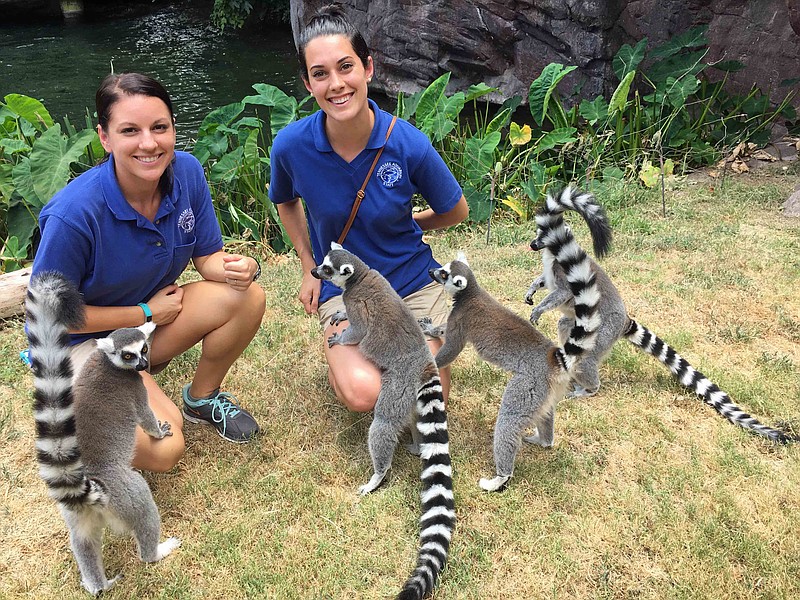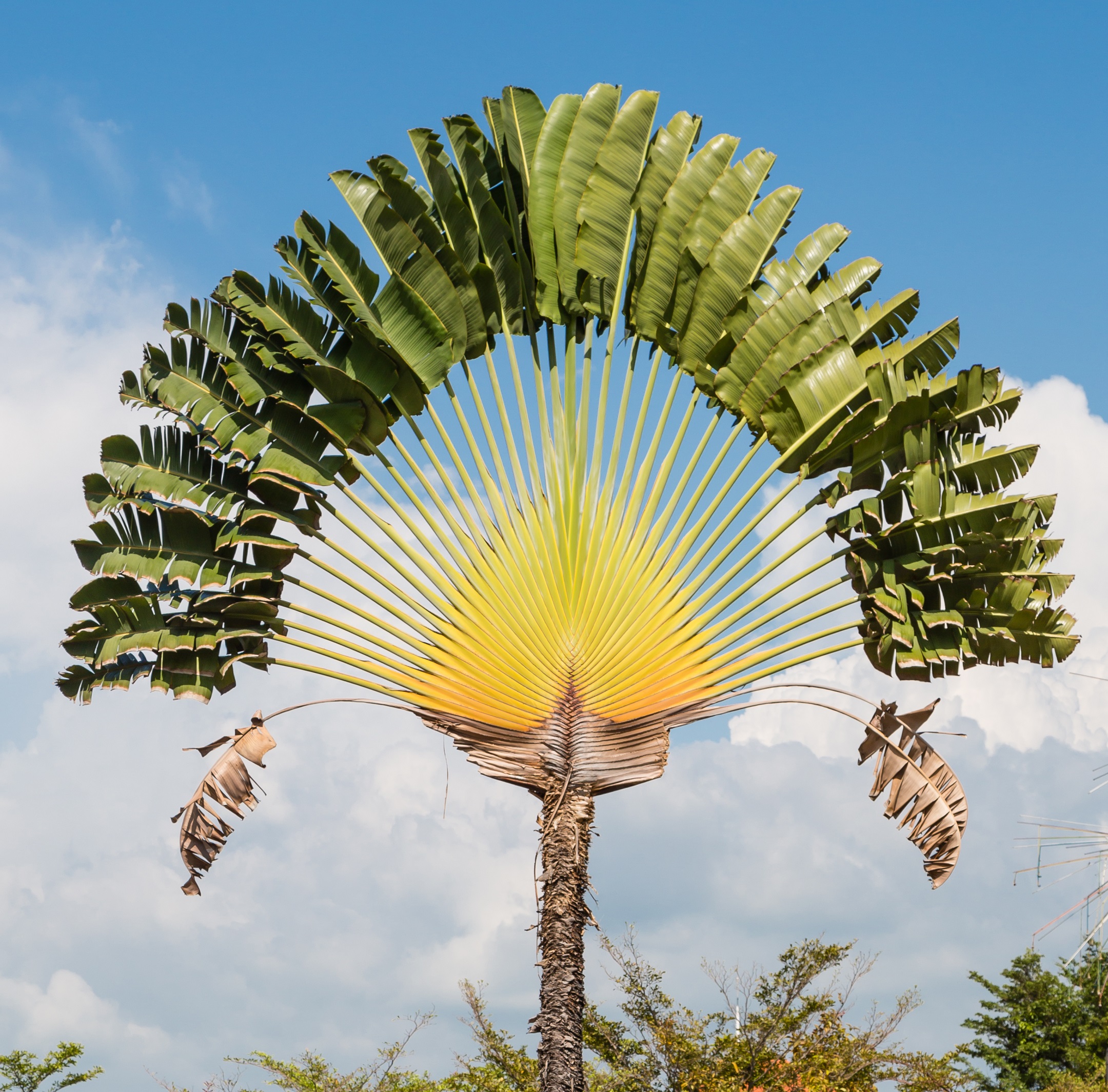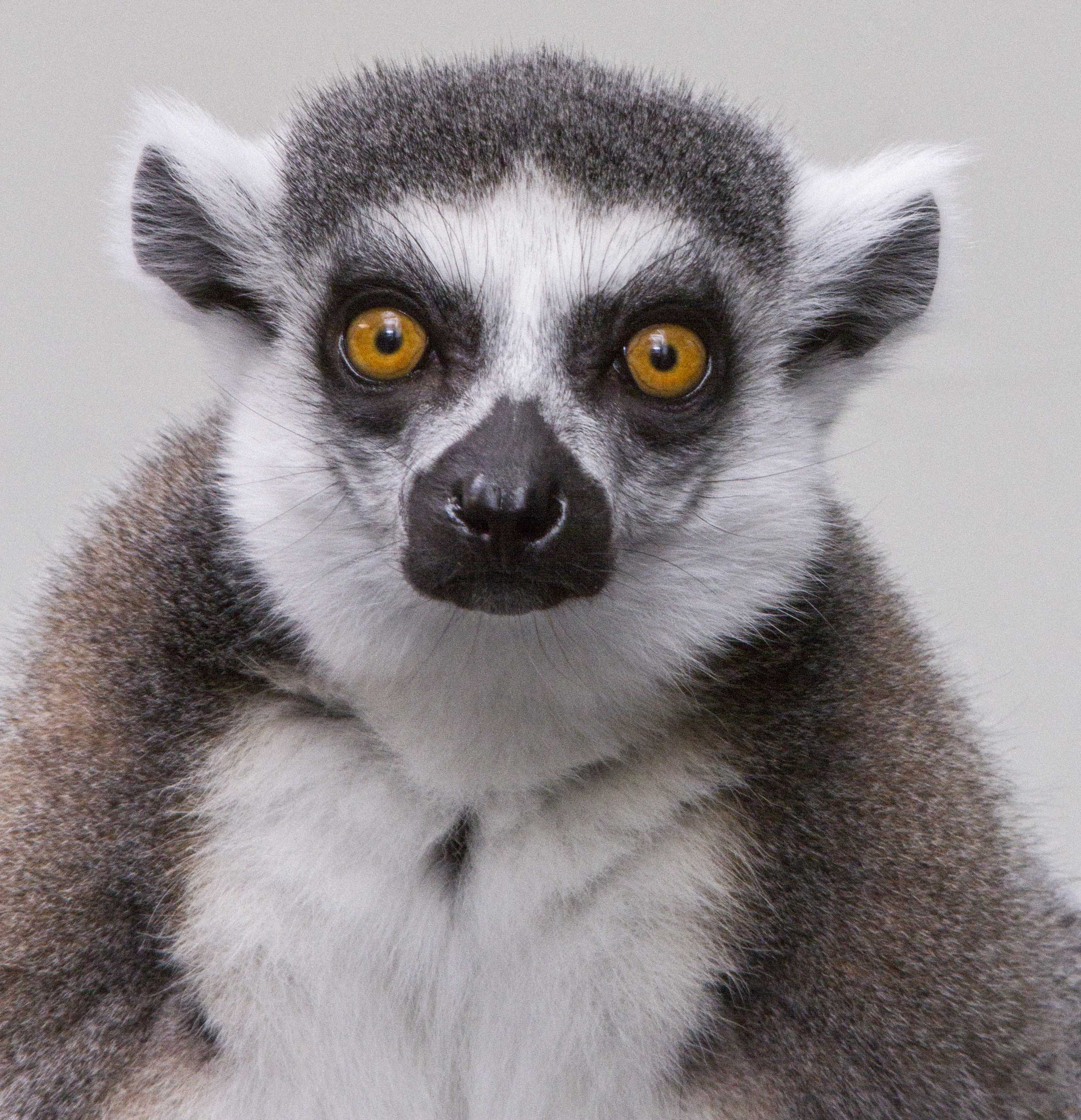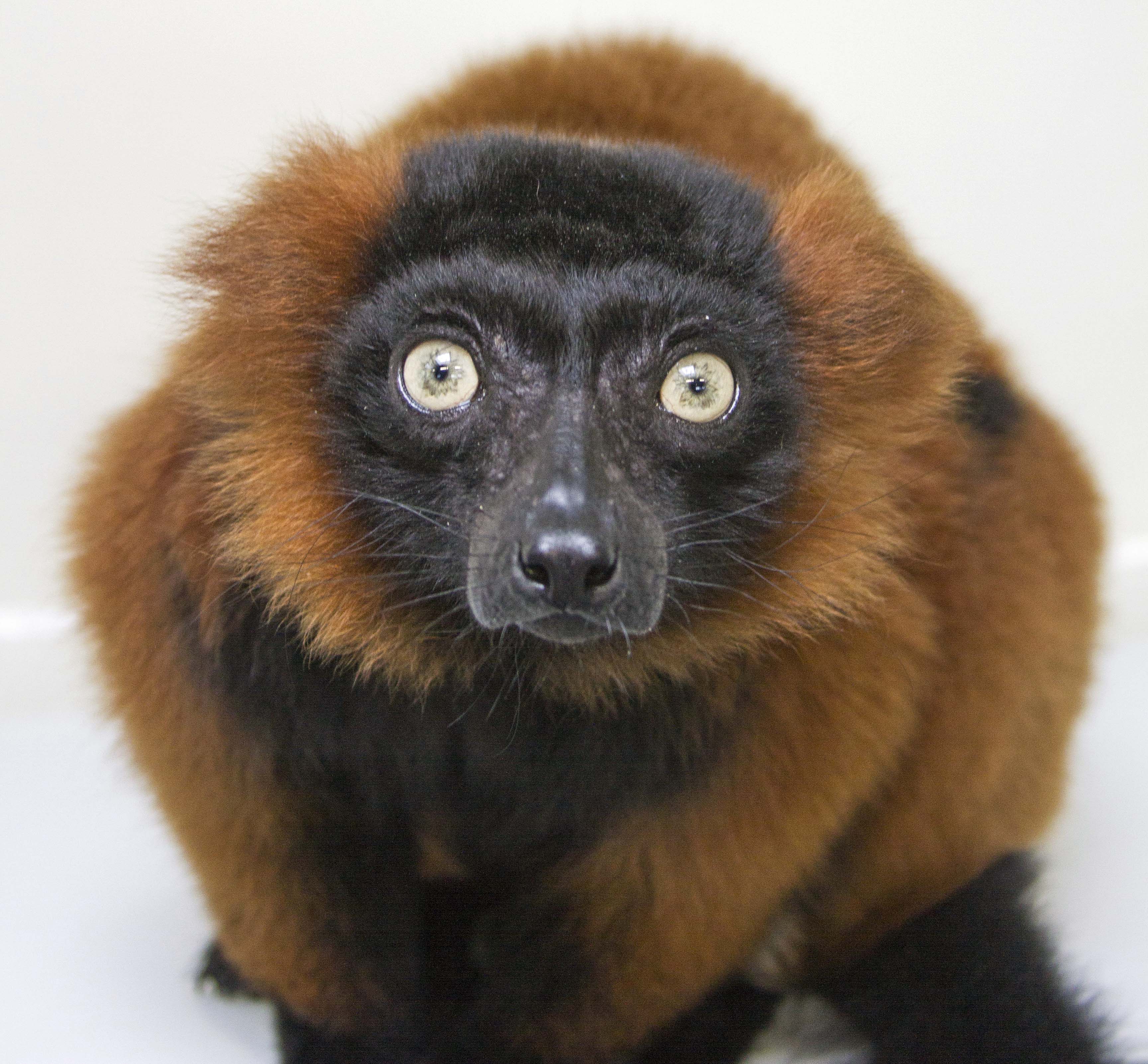When Tennessee Aquarium guests ride the elevator up to Tropical Cove starting March 1, they will no longer be in the Scenic City - though the scenery may astound them.
Guests will be transported to the mysterious island nation of Madagascar, surrounded by radiated turtles, at least 15 native plant species and adorable wide-eyed primates only found on the island, located off the southeastern coast of Africa.
The aquarium's newest exhibit, Lemur Forest, puts the lovable little acrobats front, center and overhead in an environment meant to provide an immersive experience and teach guests about the dangers to the two species featured.
"The biggest thing is we need to educate people and share their conservation story. That is the most important part about these exhibits," says lemur expert and animal care specialist Chelsea Feast.
Lemurs, all of which are native to Madagascar, are some of the most endangered mammals on the planet, according to the International Union for the Conservation of Nature.
"I want each person to walk away with a new appreciation for the island and for the animals that are only found there and nowhere else in the world," Feast says.
To prepare you for your visit, here she shares some need-to-know info about your new furry friends.
RING-TAILED LEMURS
Home: The spiny forests of southwest Madagascar. Living in this dry, sandy ecoregion has made them comfortable in even the hottest temperatures.
Socializing: Ring-tails prefer to travel in troops. In the wild, you'll find them exploring together in groups as large as 30, their long, stripped tails raised to the sky like flags.
Favorite foods: As omnivores, ring-tails will eat anything - plants or animals. During the dry season, when food is difficult to find, they'll eat insects and tiny chameleons, but typically, they prefer fruit, vegetables and leaves. At the aquarium, their favorite meals include Romaine lettuce and celery.
Must see: When ring-tails decide it's time to rest, they'll form what is called a "lemur ball." All the lemurs will huddle, wrap their tails around each other and snuggle in so tight that it's difficult to tell how many are in the ball.
Conservation status: Endangered. In addition to the destruction of their habitat, many are trapped and taken from their home for illegal pet trade. According to recent census data, their native numbers have dropped 95 percent since 2000.
RED-RUFFED LEMURS
Home: Tropical rainforests of northeastern Madagascar. They're only found on one peninsula on the island, called the Masoala.
Socializing: Red-ruffed lemurs prefer to keep to themselves. They travel alone or in small groups of two or three, but that doesn't mean they aren't friendly. Like all lemurs, each red-ruff's bottom six front teeth form what looks like a comb. The lemurs use this "dental comb" to groom each other, unlike other primates, which use their fingers for the job.
Favorite food: As frugivores, red-ruffs primarily eat fruit. At the aquarium, however, they would do anything for their favorite snack: raisins. The staff uses the red-ruffs' guilty pleasure during training to motivate them to perform their must-see talent.
Must see: Red-ruffs have very strong back feet, so they can hang upside down for extended periods of time, which is often the way they prefer to eat.
Conservation status: Critically endangered. Most are living in Masoala National Park and Makira Natural Park. They are rarely found outside of protected areas because they are so heavily poached."
Save the Lemurs
How can you help the endangered lemurs? Visit them at Lemur Forest! The aquarium is partnering with the Madagascar Fauna & Flora Group to help the lemurs and their habitat by enriching the island itself. Since much of the destruction of natural land is a result of poverty on the island, the organization trains locals in sustainable farming practices and teaches children through handbooks about why the environment is important. By supporting the aquarium, you’re supporting those conservation efforts.




